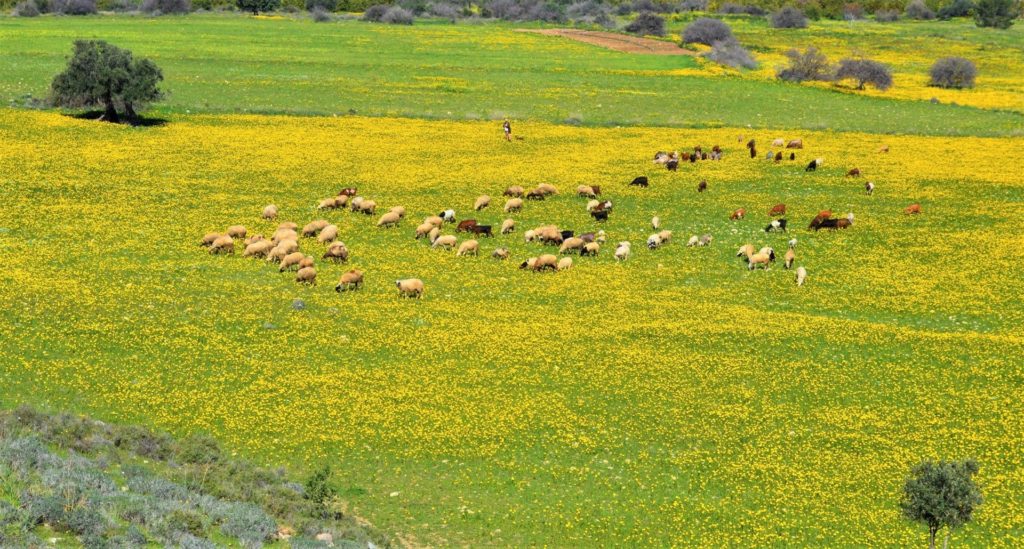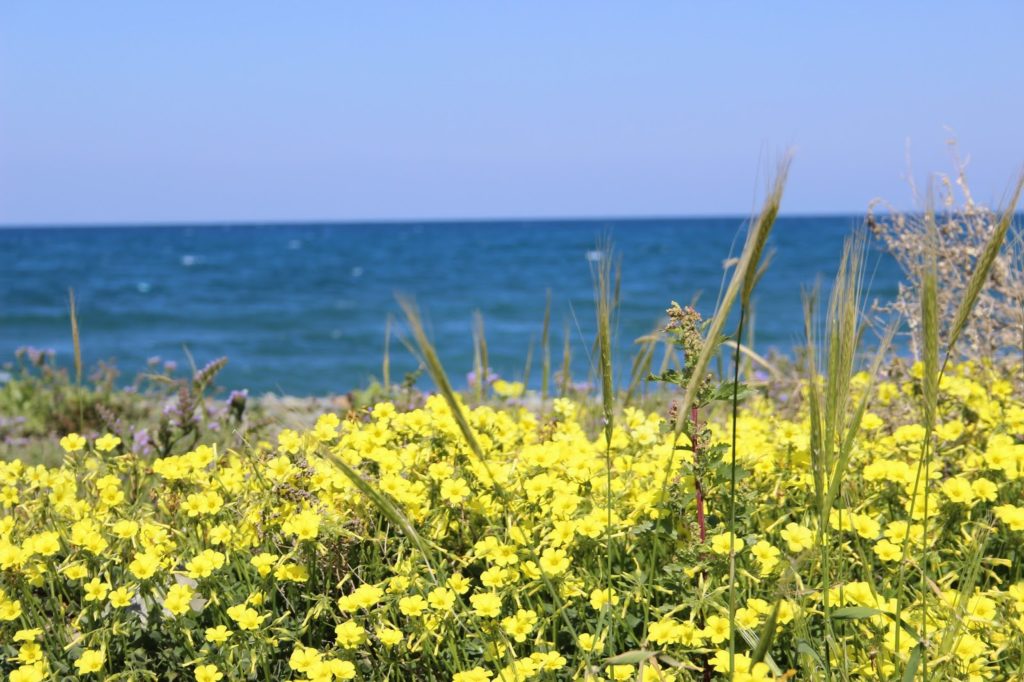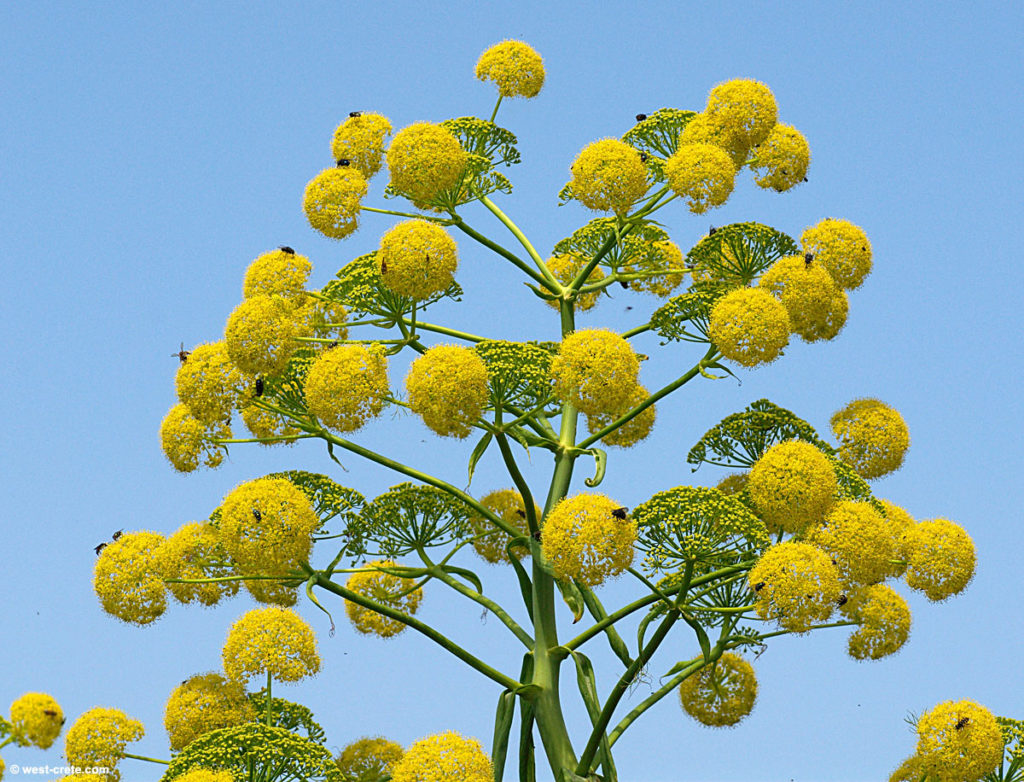
Fields of gold
Blue is the colour most commonly associated with North Cyprus and its luminescent coastline – blue sea, blue sky- you have all seen the adverts, and some of us are lucky enough to live the dream. But it is yellow that is most dominant at this time of year as nature takes a fresh dip into its spring palette.
It seems to happen all of a sudden. Those fields you were looking at just yesterday, weren’t they brown, even a bit drab? Now there’s a golden yellow lick spreading like butter on warm toast.
Unfolding before you is the all-conquering oxalis, millions of tiny yellow specimens a bit like buttercups. A weed, some say, and certainly invasive, but what a warm and welcome intruder.
And while the oxalis makes its own way through the landscape, some farmers have invited a new sunshine crop on to their land, where rolling fields of dandelion-yellow oil seed rape are becoming more common.



But there’s another yellow monster out there- the Giant Fennel. Ferula Communis, to give it its proper name, is abundant throughout Cyprus in the springtime. Although it comes from the same family as common fennel and carrots, giant fennel should not be eaten. It is, in fact, poisonous to some livestock such as sheep, horses, and cattle. In Greek mythology, Prometheus hid fire in the base of a giant fennel plant. No wonder it glows so brightly!


